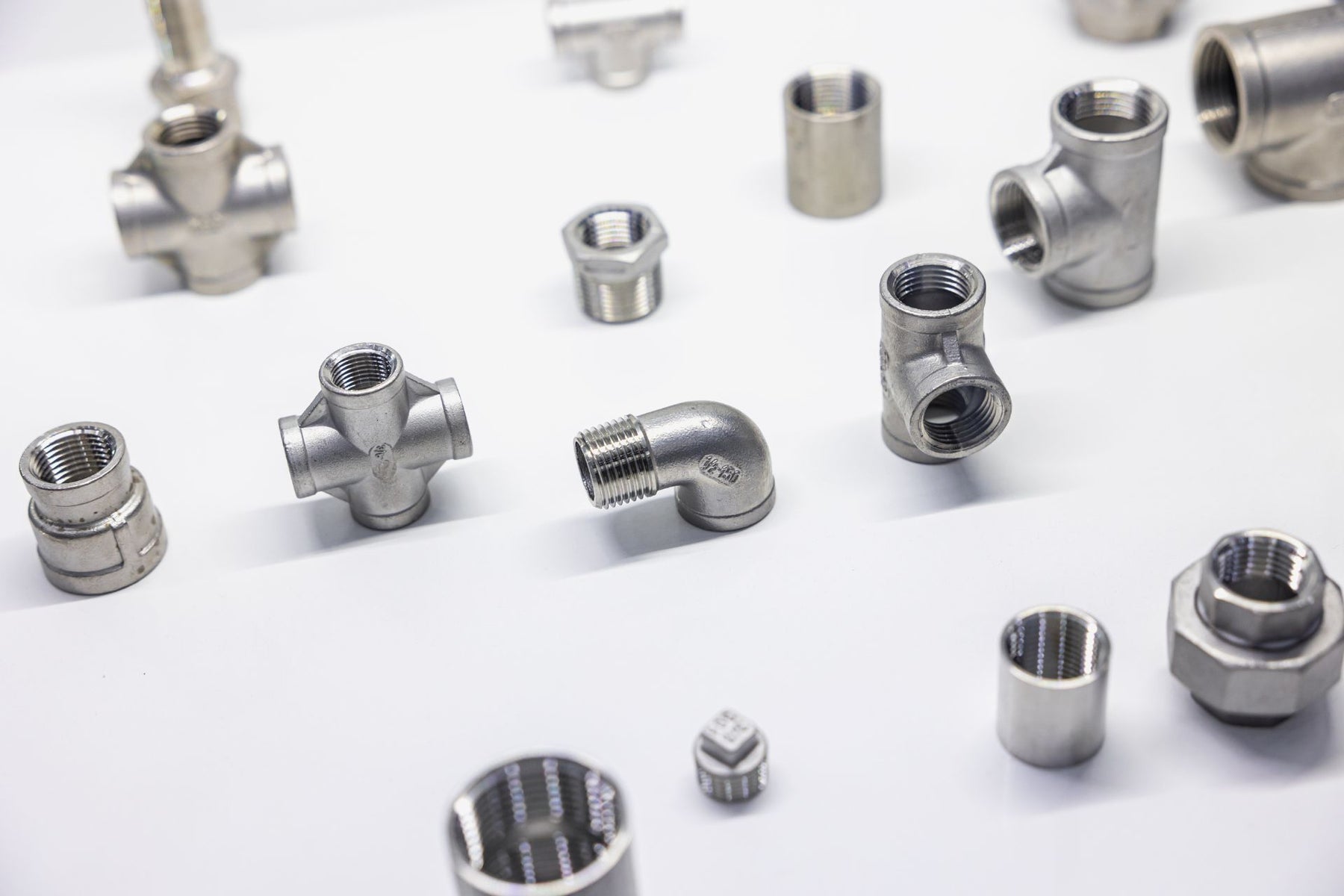
Types of Pipe Fittings & Their Applications
Before you can start replacing plumbing parts in your home, you first need to familiarize yourself with the different types of fittings for pipes.
Pipes themselves can be finicky; buying the right types of pipe fittings for yours is therefore an absolute must. While they might all seem similar, their differences could be what determines whether your repair job goes smoothly or horribly wrong.
In this blog, we’re breaking down six types of fittings for plumbing as well as their applications to ensure you know which ones to buy. Let’s get into it!
What Are Pipe Fittings?
All types of pipe fittings are used to connect, redirect, control, and adapt the flow of water and/or gas in your pipe system. They come in all shapes, sizes, and materials—including metal and plastic—and are designed to join pipes or tubing sections seamlessly.
When choosing between types of fittings for pipes, start by matching materials. For instance, if you have copper tubing in your plumbing system, your best choice is likely copper pipe fittings. For homes with PVC pipes, it’s best to purchase PVC fittings.
Depending on what will flow through them, you’ll also need to check the chemical compatibility of your chosen types of plumbing fittings.
The Two Kinds of Pipe Fitting Forms
Across all types of fittings for plumbing parts, you’re liable to encounter them being sorted into two distinct “forms” known as male and female.
- Male Fittings: these feature external threads
- Female Fittings: these feature internal threads
As such, you’ll often find that the male fittings are designed to be screwed into the female threads to create a water-tight seal. However, there is another type of connection known as a “slip-in” that uses sleeves designed to fit over top of each other.
6 Types of Pipe Fitting in a Plumbing System
There are many types of fitting for pipes, all of which have different functions and therefore serve a different purpose. Here are six of the most common.
-
Elbows
Elbow pipe fitting changes the flow direction between pipes, most often bent at 90 or 45-degree angles. They’re often female fittings available in a range of materials, such as ABS plastic, PVC, stainless steel, CPVC, and copper.
Applications: 90-degree elbow fittings most commonly connect hoses to water pumps, valves, and deck drains. On the other hand, 45-degree elbow pipe fittings are mostly used in industrial settings, whether that be for water supplies or aircon piping.
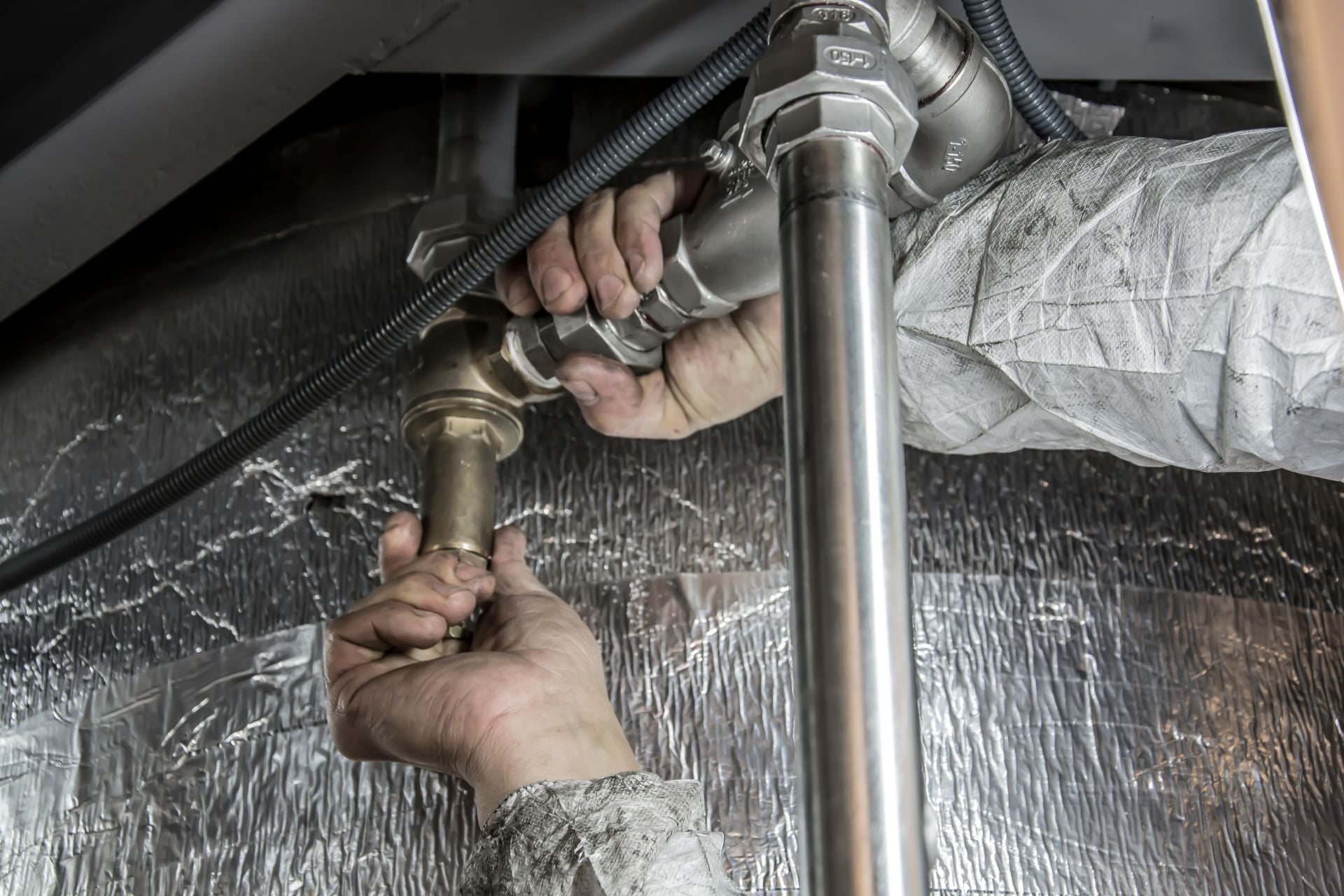
Image source: Canva
-
Couplings
Couplings are a type of plumbing fitting designed to prevent leaks. They work with pipes that have the same diameter or those that have been damaged. There are two main kinds of couplings to know: slip and compression.
Applications: Slip coupling is often easier to install; it connects one pipe to another and is great for fixing long, damaged pipes. Meanwhile, compression coupling (also called regular coupling) uses a gasket or rubber seals to prevent leaks. You’ll find both types of coupling pipe fitting in residential and commercial systems.
-
Union Pipe Fitting
Union pipe fitting works like coupling, but can be more easily removed. They typically have both female and male threads, making them highly customizable and can be used for a variety of applications and settings.
Applications: One of the most versatile types of pipe fittings, unions are most commonly used to connect pipes of different materials. They’re also frequently used in the installation of appliances such as water heaters and sump pumps.
-
Valves
Pipe valves are one of the most common types of fittings for pipes. They are used to stop, regulate, or change the direction of the flow of liquid in its path.
Applications: The purpose and application of a valve will depend on the type you’re using, of which there are three main ones to choose from:
- Throttling: used to regulate the amount of liquid pressure in a pipe
- Separation: used to disconnect a piping network for isolated replacement
- Non-return: used to create a one-way flow of gas or liquid
There are a wide variety of valve types under these categories to choose from, such as gate valves, globe valves, butterfly valves, and diaphragm valves.
-
Tees & Crosses
Tee pipe fitting provides three openings—typically two outlets and an inlet. Cross pipe fitting is similar, except it has four openings set in four different directions.
Applications: Both tees and crosses put extra pressure on pipes, as they’re the intersection of four separate connections. As such, these types of plumbing fittings are best reserved for outdoor piping applications such as below-ground sprinkler systems.
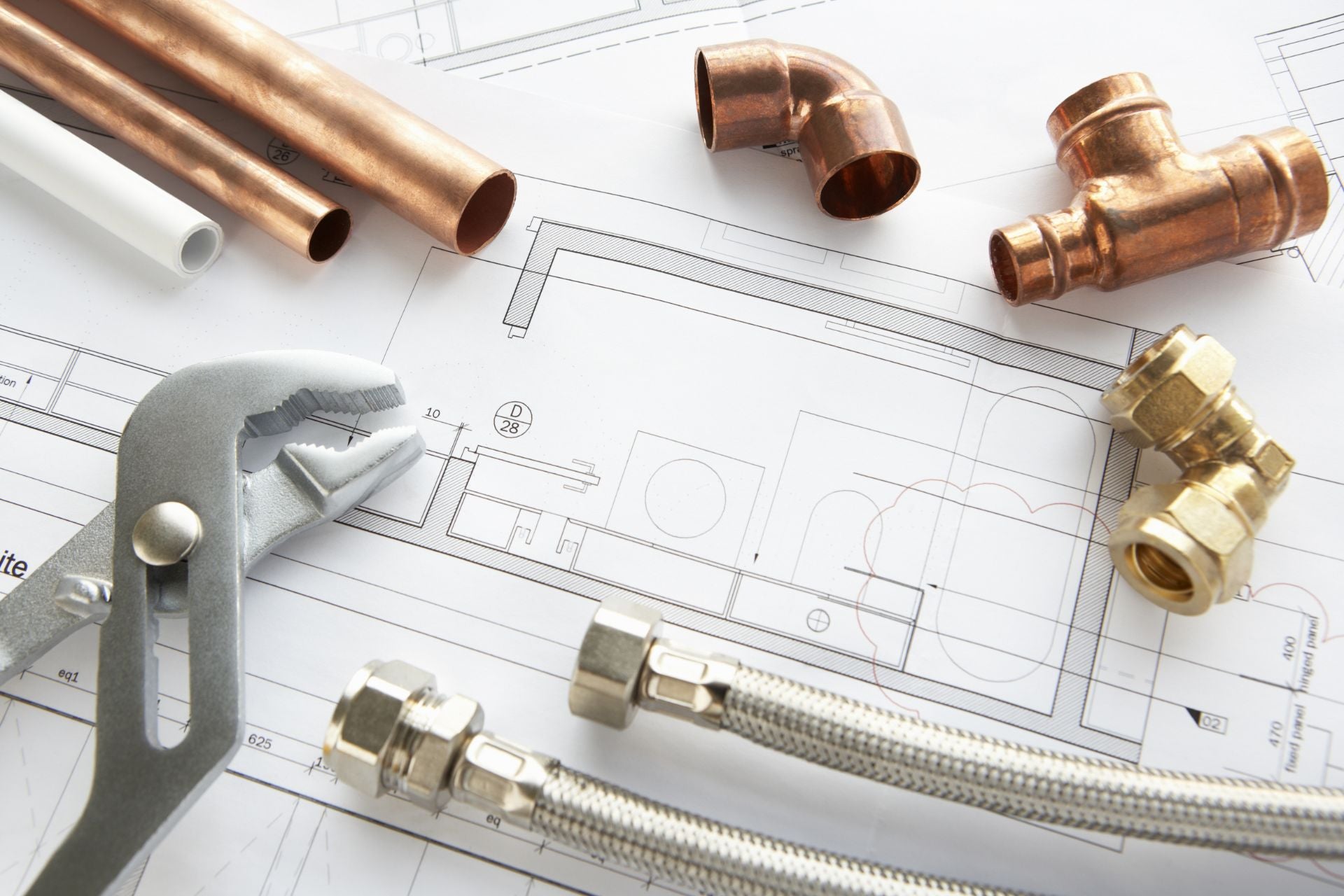
Image source: Canva
-
Caps & Plugs
Cap pipe fittings and plugs stop the flow of water at the end of a plumbing system. The difference is that the former doesn’t have threading, whereas the latter does. As such, caps are often glued or soldered into place while plugs are screwed in.
Applications: Choosing between the two usually comes down to water pressure. A cap is usually sufficient when stopping low water pressure, but a plug provides a more secure stop capable of withstanding higher pressure.
Shop All Types of Plumbing Fittings at NYDirect
Now that you know about the six types of pipe fittings and their applications, all that’s left to do is shop for the ones you need—and the best place to do it is NYDirect!
We are a family-owned and operated business that ships quickly and directly to your door. We specialize in plumbing parts and supplies, which include all types of pipe fitting for residential or commercial projects. From elbows to tees, we have the common pipe fittings you need for an efficient plumbing system.
Can’t find what you’re looking for? Call our customer service team to find out how we can help.
Shop Popular Brands
America's Leading
Plumbing Supplies Retailer
Save big on plumbing essentials with
our wholesale prices!



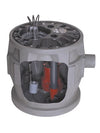

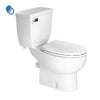

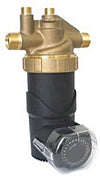

Leave a comment